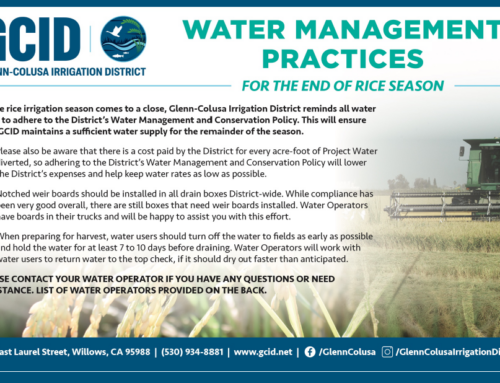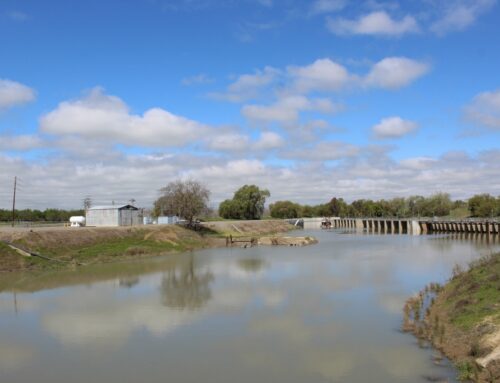In the fall, rice fields in the Sacramento Valley usually shine golden brown as they await harvesting. This year, however, many fields were left covered with bare dirt.
“It’s a disaster,” said rice farmer Don Bransford. “This has never happened. Never. And I’ve been farming since 1980.”
Bransford typically farms about 1,800 acres of rice. But the drought was so severe this year that water deliveries to area farms were drastically cut. Bransford, board president of the Glenn-Colusa Irrigation District, didn’t plant a single acre. Many other farms went idle as well.
California has just gone through the state’s driest three-year period on record, and this year the drought has pushed the fallowing of farmland to a new high.
In a new report on the drought’s economic effects, researchers estimated that California’s irrigated farmland shrank by 752,000 acres, or nearly 10%, in 2022 compared with 2019 — the year prior to the drought. That was up from an estimated 563,000 acres of fallowed farmland last year.
Nearly all the farmland that was left unplanted and dry falls within the Central Valley, and a large portion of it in the valley’s northern half. The state’s main rice-growing regions in Sutter, Colusa and Glenn counties were hit particularly hard, the report said, with about 267,000 acres fallowed this year.
“The severity of the ongoing drought has been unprecedented for the Sacramento Valley,” said Josué Medellín-Azuara, a water resources economist and associate professor of civil and environmental engineering at UC Merced. “It’s been more severe over the past year, and you have the cumulative effects of the previous dry years.”
Medellín-Azuara and colleagues from UC Merced, UC Davis and the Public Policy Institute of California prepared the report for the California Department of Food and Agriculture. They estimated changes in the acreage of irrigated land by surveying irrigation districts, analyzing water data and reviewing satellite data.
Read the full article here.






